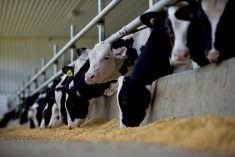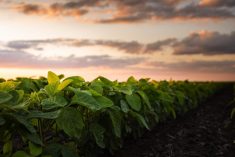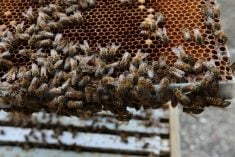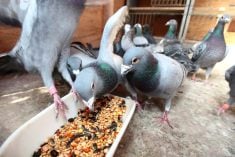A quarantined southwestern Ontario turkey farm has been confirmed with the same strain of highly pathogenic H5N2 avian flu seen on farms in British Columbia and several U.S. states.
The Canadian Food Inspection Agency said Wednesday that samples tested at its National Centre for Foreign Animal Disease in Winnipeg have confirmed the virus’ subtype and severity.
The farm, in Oxford County west of Woodstock, was quarantined Monday, after tests the previous day at the University of Guelph’s animal health lab came back with presumptive positives for an H5 strain of the avian flu virus. In its report Wednesday to the World Organization for Animal Health (OIE), the CFIA said the farm had reported “sudden high mortality” in its birds over a 48-hour period.
Read Also
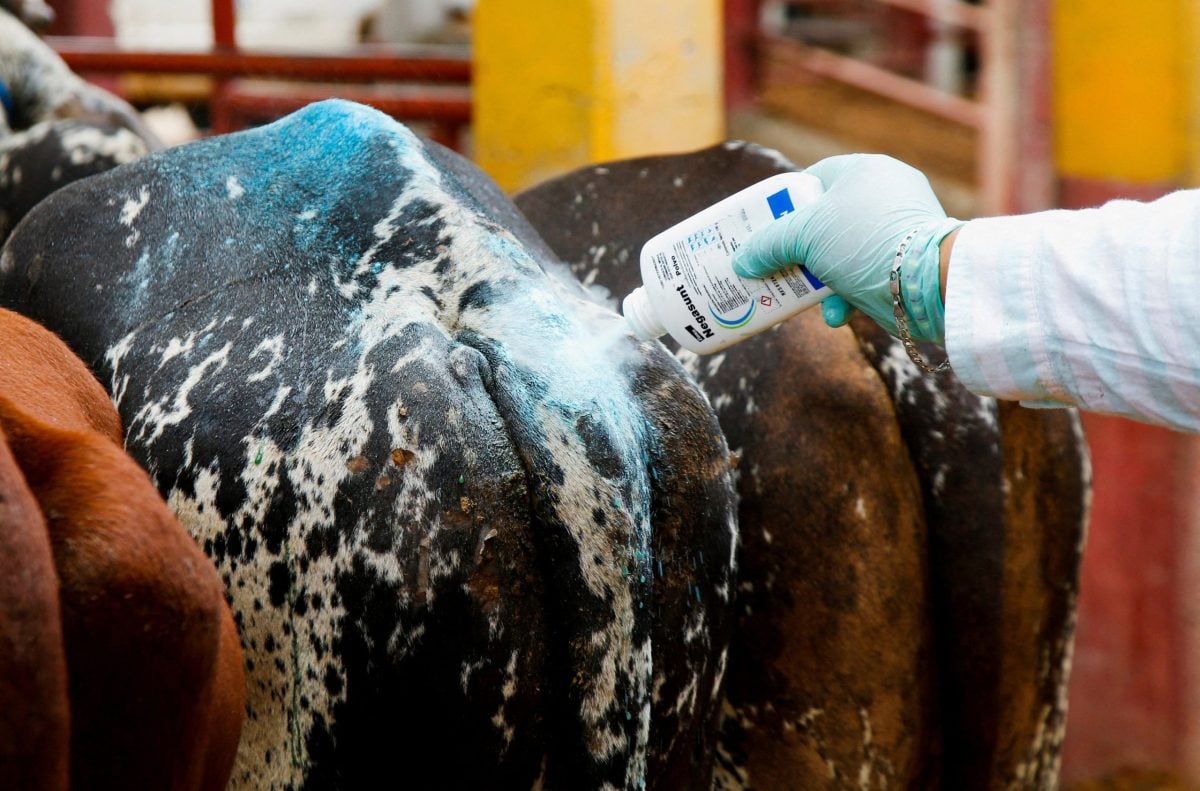
U.S. not ready to lift Mexican cattle ban over screwworm, Agriculture Secretary Rollins says
The U.S. is not yet ready to reopen its border to Mexican cattle amid an outbreak of the flesh-eating New World screwworm parasite, Agriculture Secretary Brooke Rollins said, but she is pleased with Mexico’s efforts to contain the pest.
A neighbouring farm, deemed to be at risk but with no confirmed cases of the virus, was also quarantined Monday.
Six other “at-risk” farms within a five-kilometre area were quarantined Tuesday, followed Wednesday by another farm found to have had “high-risk contact” with the infected index farm.
Out of 44,800 turkeys at the index farm, 34,000 are still alive but will be euthanized with carbon dioxide gas in the next few days, Paul Mayers, CFIA’s vice-president for policy and programs, said on a conference call Wednesday.
It’s possible that more “at-risk” farms will also be found over the next few days, he said. Agency officials couldn’t immediately say Wednesday how many of the other eight quarantined farms are also turkey operations.
The strain is the same H5N2 virus that infected birds at a dozen farms in British Columbia’s Fraser Valley in December and has been confirmed in birds at 22 farms in nine U.S. states since January. The B.C. farms have since been depopulated of birds, cleaned, disinfected and released from quarantine.
However, the Ontario case delays Canada’s bid to regain its status as free of high-path avian flu, as per OIE standards. Canada, until this week, had been on track to seek avian flu-free status starting around June 3.
Hong Kong, Uruguay
Federal officials couldn’t immediately say Wednesday whether countries that blocked poultry or poultry products specifically from B.C. or from the Fraser Valley have moved to lift those bans.
However, Mayers said, 10 countries — South Africa, St. Vincent and Grenadines, Dominica, Singapore, Australia, the United Arab Emirates, Guatemala, Brazil, Morocco and South Korea — continue to have bans in place against imports of poultry and/or poultry products from anywhere in Canada stemming from the B.C. outbreak.
Also, in view of the Woodstock case, Hong Kong has now restricted imports of poultry and poultry products from Oxford County, he said. Taiwan and Japan this week also imposed bans on Ontario poultry and poultry products.
Uruguay has now also imposed a ban on imports of hatching eggs from anywhere in Canada, he added.
“It’s certainly our view that countries can limit their (trade restrictions) to the specific area” of an avian flu outbreak within Canada, Mayers said.
Canada recognizes, however, that not all countries will take that approach, he added.
U.S. officials have previously noted outbreaks of H5N2 have now taken place in the Pacific, Central and Mississippi flyways — separate migratory paths for birds over North America.
On most maps, southwestern Ontario is on the eastern edge of the Mississippi flyway but also on the Atlantic flyway. In its latest report Wednesday to the OIE, the CFIA said it was possible that migratory birds from the Mississippi flyway brought the virus to the region, noting wild ducks, geese and swans had been seen around the farm in the last 30 days.
Mayers said Wednesday the CFIA urges poultry producers to follow enhanced biosecurity measures and take precautions in all areas, not just those under a given flyway. — AGCanada.com Network





